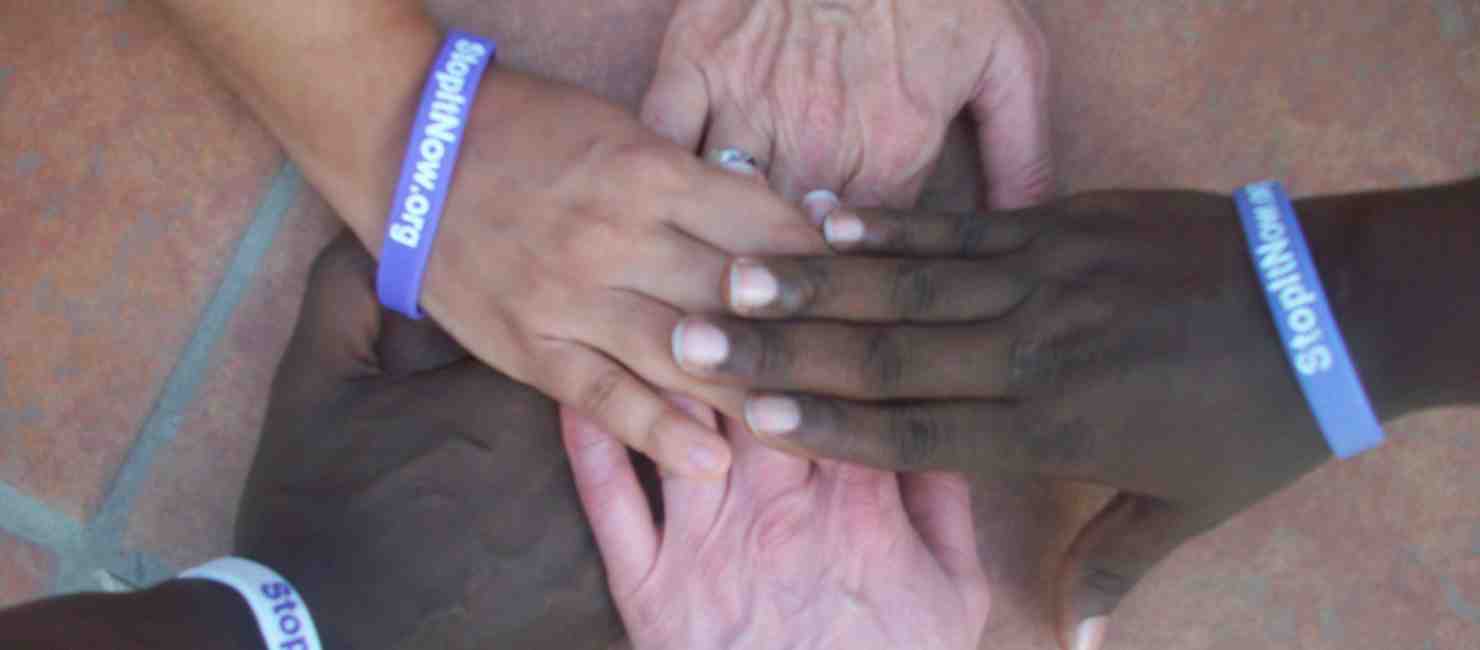With every passing day, the list of celebrities accused of sexual harassment and assault grows. But celebrities aren’t alone in their proclivity to be abusers, and those in contact with them aren’t the only people at risk. These facts were made abundantly clear by the #MeToo campaign, which began in mid-October. A social media campaign that went viral, #MeToo encouraged millions of women and some men to come forward and acknowledge that they had been victims of sexual assault and/or harassment, bringing international attention to the epidemic of sexual abuse.
Though the #MeToo campaign was groundbreaking, it failed to draw attention to the shocking statistics about the sexual abuse of people with disabilities.
According to Disability Justice “People with disabilities are sexually assaulted at nearly three times the rate of people without disabilities.” And, says Disability Justice’s website, “A 2005 survey of people with disabilities indicated that 60 percent of respondents had been subjected to some form of unwanted sexual activity…” and “Eighty-three percent of women with disabilities will be sexually assaulted in their lives.” What’s more said the survey, only 3 percent of these incidents are ever reported. What can we do to prevent such abuse from happening? Here’s a start:
Educate yourself
When adults who care for children understand what is developmentally appropriate, they are more likely to pick up on cues that something may be wrong. Stop it Now.org has tip sheets that provide examples of behaviors that may indicate a child or teenager is being abused. For instance, younger children who are being abused may regress to behaviors they have already outgrown such as wetting or soiling accidents. Other signs include, having “new words for private body parts… resisting removing clothes for baths, bedtime, toileting or diapering, asking other children to behave sexually or play sexual games and mimicking adult-like sexual behaviors with toys or stuffed animals.” Older children, may exhibit the following behaviors: “writing, drawing, playing or dreaming about sexual or frightening images … developing a new or unusual fear of certain people or places, exhibiting adult-like sexual behaviors, language and knowledge, and leaving ‘clues’ that seem likely to provoke a discussion about sexual issues.” In teenagers, self-harming behaviors such as cutting, substance abuse, compulsive eating or anorexia, depression and suicide attempts may indicate that sexual abuse is happening.
Educate children
Adults should speak to their children in developmentally appropriate ways about the differences between healthy and abusive sexual behavior. For example, says Stop It Now, “Teach children the proper names for body parts and what to do if someone tries to touch them in a sexual way. Make sure young children know that no one has the right to touch their private parts (unless for medical reasons) and that they should not touch anyone else’s private parts.”
Respect children’s boundaries.
Don’t force children to hug and kiss people if they aren’t comfortable doing so. Knock before entering a teen’s room, and give them privacy in the bathroom, or when they’re changing clothes.
Keep lines of communication open
Let children know they can talk with you or another trusted adult and that no topic is off limits.
Says Stop It Now: “Research shows that having someone to talk with and confide in plays a key role in how well a child will bounce back from stressful events. Having a safe, responsible and consistent adult for a child or adolescent to turn to is critical.”
Familiarize yourself with community resources
Know where to turn if you believe that a child may be being harassed or abused. When a child is being hurt by an adult or family member, it can be painful to face up to that fact. We may wish it wasn’t happening, or try to deny what we believe to be true. Sometimes, our suspicions are wrong. But don’t let your wishes or fears keep you from getting a child the support he needs. Reach out and do all you can to protect her.


